In the expansive universe of comic books and graphic novels, alternative comics stand as a vibrant and unconventional subgenre, pushing the boundaries of storytelling and visual artistry. Unlike mainstream comics that often follow well-trodden paths, alternative comics offer creators a canvas for unique narratives, experimentation, and the exploration of themes that might not find a home in traditional comic book fare. In this article, we embark on a journey to uncover the essence of alternative comics and their impact on the world of sequential art.
Alternative comics is a wide range of comic books and graphic novels that spans various genre, styles, and subjects. They first appeared in the 1980s, following the underground comix movement.
Alternative comics are mostly the product of a single creator. Its publication does not have to meet deadlines; instead it is published whenever the author decides and with little regard for distribution schedules.
While the content of mainstream comics is often done to maximize sales, alternative comics on the other hand tackles more sensitive stories and are released in small numbers for select audiences.
This is because alternative, auteur or independent comics contain obscure, direct, appalling and offensive subjects that may not appeal to general readership.
Defining Alternative Comics
Alternative comics, sometimes referred to as “indie comics” or “underground comics,” are a subgenre that exists outside the mainstream comic book industry. These comics are characterized by their departure from traditional superhero and genre conventions, instead opting for creative freedom, innovative storytelling techniques, and diverse subject matter. Alternative comics often challenge societal norms, explore niche topics, and offer a platform for marginalized voices.
Key Characteristics of Alternative Comics
- Diverse Themes: Alternative comics encompass a wide range of themes, from personal memoirs and social commentary to surreal and experimental storytelling. They tackle complex, thought-provoking subjects, often delving into the human condition, identity, and the mundane aspects of life.
- Artistic Freedom: Creators of alternative comics enjoy artistic freedom. They can experiment with visual styles, panel layouts, and unconventional storytelling structures, allowing for a more intimate and personal connection with readers.
- Autobiographical Elements: Many alternative comics are deeply rooted in the autobiographical experiences of their creators. These works often offer raw and unfiltered glimpses into the artists’ lives, making them intensely personal and relatable.
- Small Press and Self-Publishing: Alternative comics are frequently produced by small, independent publishers or self-published by the creators themselves. This independence allows for greater creative control and niche exploration.
- Exploration of Niche Audiences: Alternative comics often target niche or underrepresented audiences. They can serve as a platform for voices that have been historically marginalized or overlooked in mainstream comics.
- Social and Political Commentary: Many alternative comics are vehicles for social and political commentary, challenging established norms and providing a fresh perspective on societal issues.
A Historical Overview of Alternative Comics
The roots of alternative comics trace back to the counterculture movements of the 1960s and 1970s when artists and writers sought to break free from the constraints of mainstream comic publishing. This era saw the emergence of iconic works like Robert Crumb’s “Zap Comix” and Art Spiegelman’s “Maus,” which paved the way for alternative comics to flourish.
In the decades that followed, creators such as Daniel Clowes, Alison Bechdel, and Chris Ware continued to push the boundaries of the medium, gaining recognition for their innovative storytelling and unique artistic styles. Alternative comics also found a new home on the internet, with webcomics offering creators a platform to reach global audiences without traditional publishing constraints.
When underground comic books became less creative in mid 1970s, it became hard for comic artists to look for publishers, those who continued publishing found that their readers had dramatically decreased.
To address the situation, comic artists anthologized new comics that were artistically ambitious. Instead of the usual violence, sex, and drugs themes evident in underground comix, they focused on developing the comic art and the story lines.
Two of the earliest examples of alternative comics were RAW (by Art Spiegleman) and Wierdo (by Robert Crumb). Both were subtler and more complex compared to its precedent.
Best alternative comics
• Acme Novelty Library – Created by Chris Ware; featuring interesting characters, the most famous being Jimmy Corrigan comics. Of which it narrates tales of disappointment, sadness, dissatisfied affection and an individual’s dehumanization in a modernized world.
Acme Novelty Library comics is widely recognized in the comic industry, earning several awards such as Best Continuing Series, Best Publication Design and other notable recognitions.
• Doofus comics – Written by Rick Altergott, this alternative comics talk of Doofus and his friend Henry Hotchkiss adventures in Flowertown USA. Fans of Doofus claims it to be one of 20th century’s last great comic strips.
• Dirty Plotte comics – An intensely-drawn and highly detailed comics by Julie Doucet. It talks of Doucet’s most bizarre fantasies and deepest thoughts presented in various unlikely scenarios.
• Mickey Rat comics – He is an alcoholic, seedy, drug-induced version of Walt Disney’s Mickey Mouse created by Bob Armstrong. Comic readers wondered why he was never sued by Walt Disney in making bold resemblance to its famous character.
• RAW comics – Featuring a mix of various contributors, RAW was a flagship publication of the alternative comics movement in the 1980s. It followed the underground comix tradition but with a more intellectual approach.
• Weirdo comics – Serving as a low art counterpoint to RAW comics, Weird reflected its author’s interests, from fumetti (speech balloons), outsider art to assorted weirdness. Created by Robert Crumb, it was published from 1981 until 1993.
Other popular alternative comic books include; Bad Boys (JR Williams), Dykes to Watch out for (Alison Bechdel), Lenore (Roman Dirge) and Johnny the Homicidal Maniac (Jhonen Vasquez).
Alternative manga
Published outside Japan’s comic commercial market, alternative manga features a different style, narrative, and theme.
Originated during Japanese post-war, their market was more famous among parental groups for their vulgar contents. It later on appealed to a slightly adolescent audience, to the more mature market.
Acclaimed alternative manga titles are AX Collection, Me and the Devil Blues, Tokyo Zombie, Black Jack and Red Colored Elegy.
The Impact and Future of Alternative Comics
Alternative comics have made a significant impact on the world of sequential art and storytelling. They have expanded the medium’s horizons, influenced mainstream comics, and contributed to a greater diversity of voices and perspectives. Creators of alternative comics have garnered critical acclaim and gained recognition for their contributions to the art form.
As we move forward, alternative comics will likely continue to thrive and evolve. With the democratization of publishing through digital platforms and the rise of crowdfunding, creators have more opportunities than ever to bring their unique visions to a global audience. Alternative comics will remain a testament to the enduring power of creativity, independence, and the limitless potential of the medium. They remind us that the world of comics is as vast and diverse as the human imagination itself.

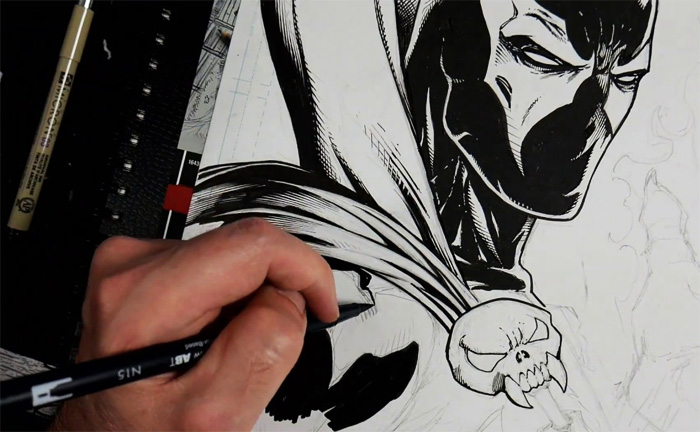
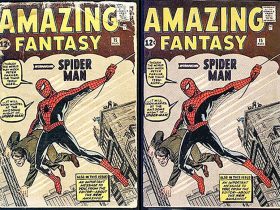
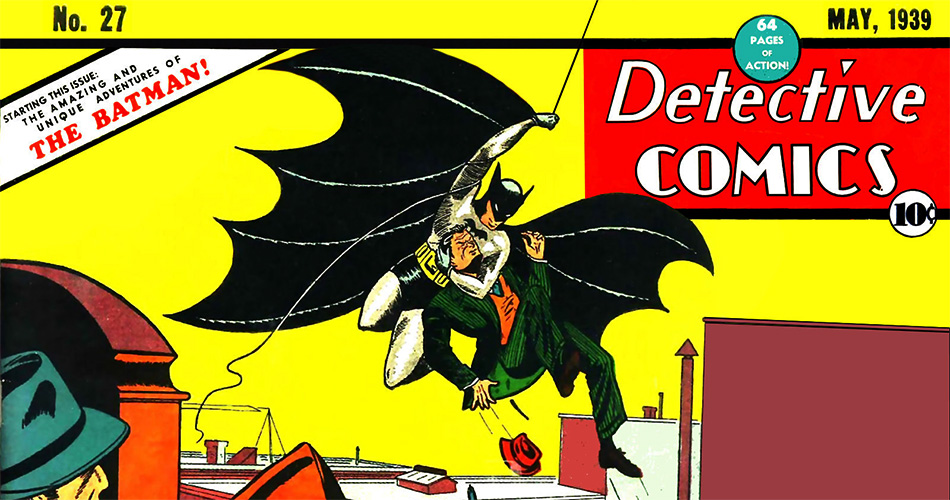
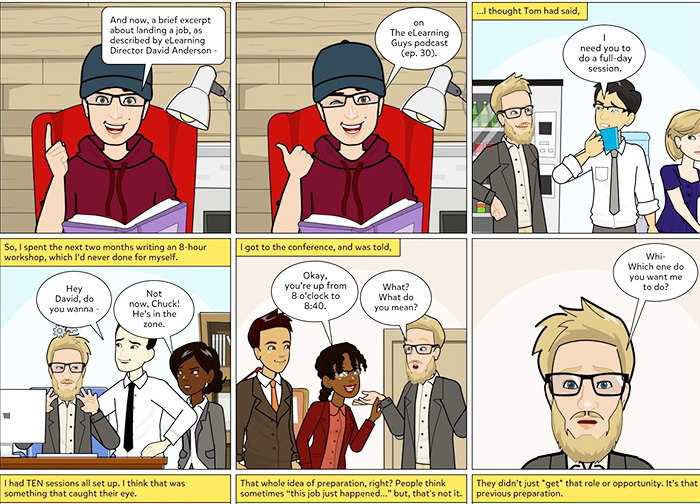

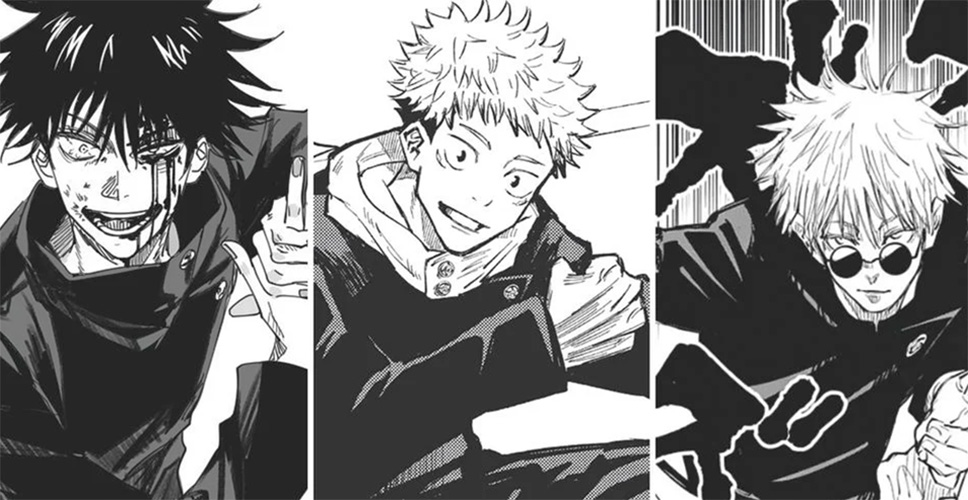
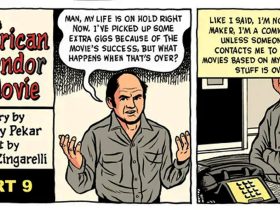
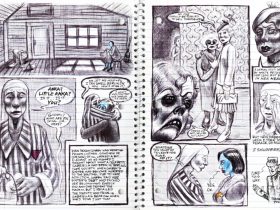
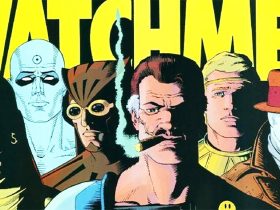
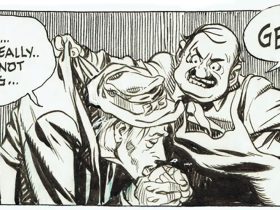
Leave a Reply